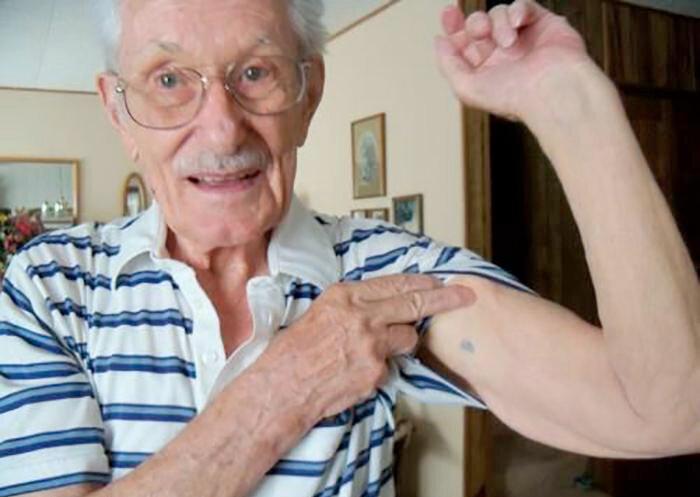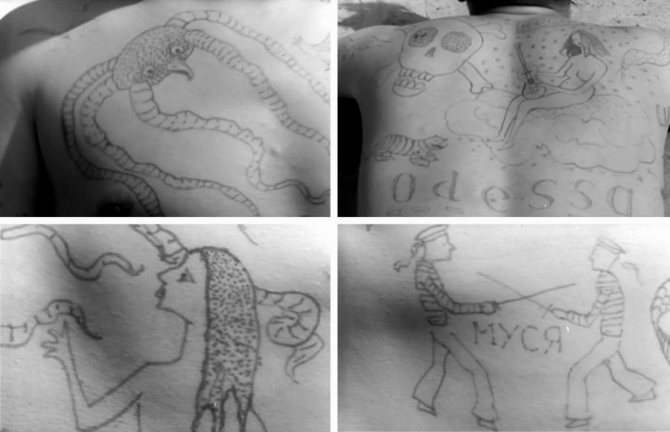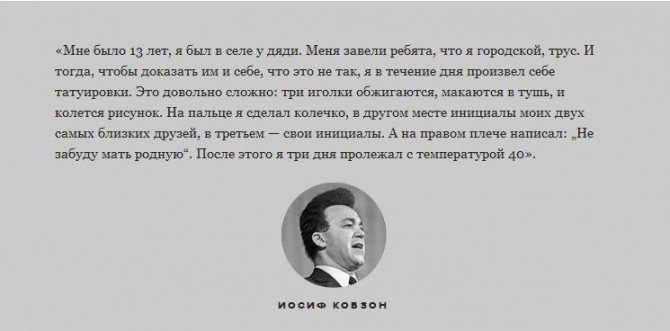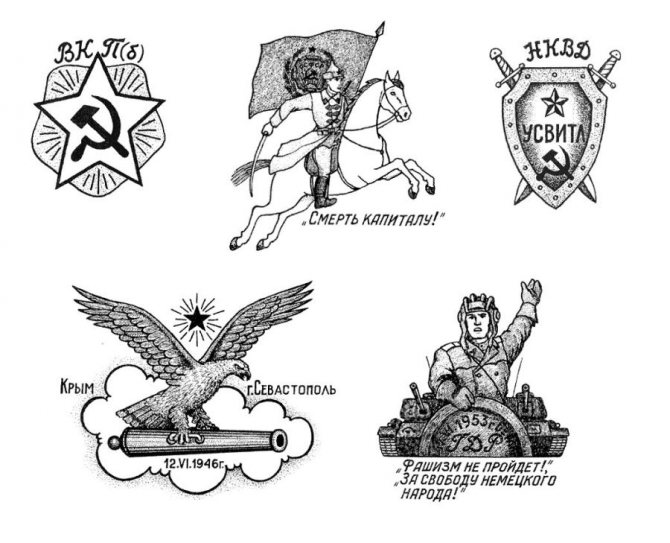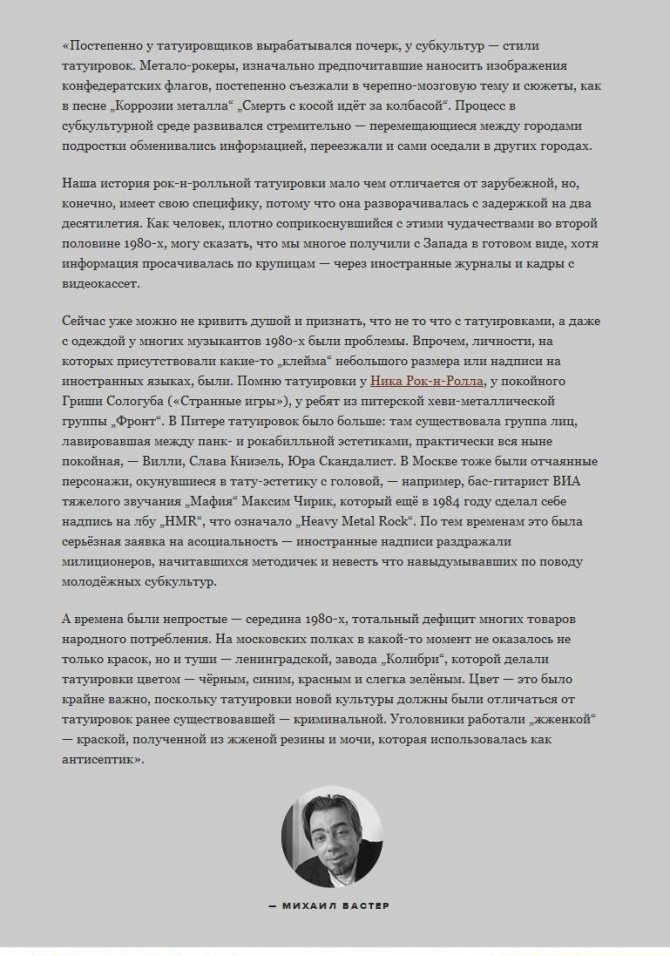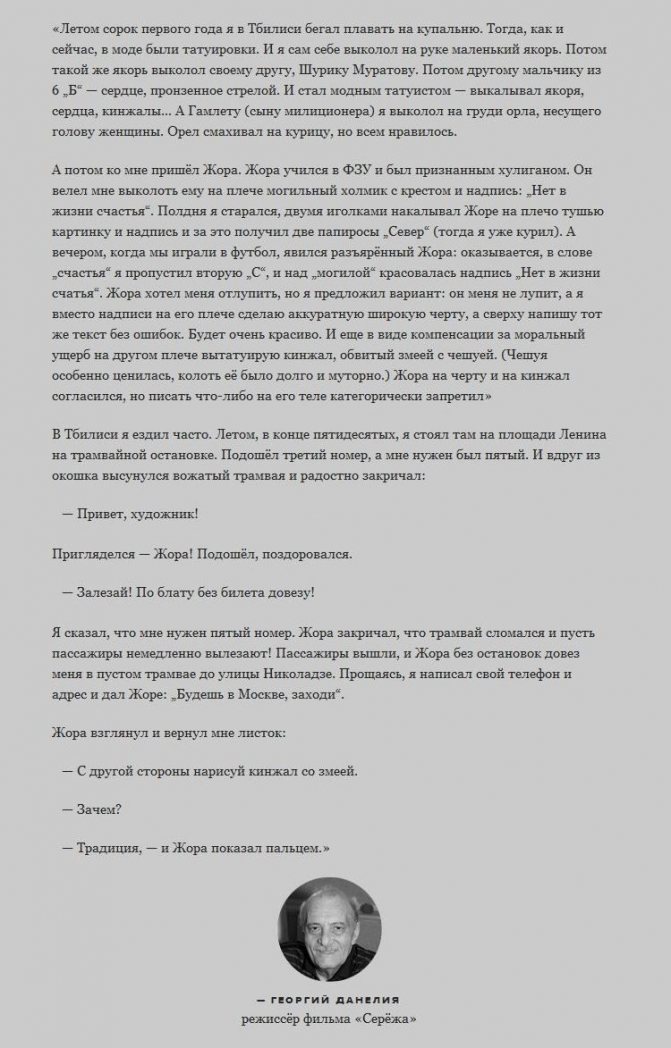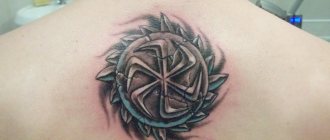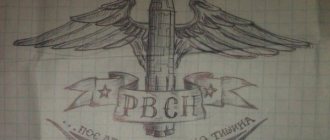Originally the tattoo served as a distinctive sign. It told what group a particular person was a follower of. Most subcultures decided to return the tradition. For example, bikers get tattoos symbolizing their love for motorcycles, the way they like to spend their free time. Nazis are no exception in this regard. They have their own tattoos. It is not a good idea to get Nazi tattoos without weighing them up first. Society reacts negatively to such organizations.
Who are the Nazis?
Nazis believe that only one race should live in a certain area. For example, quite often one hears from them such phrases as "Blacks - away!" or "Russia for Russians!" One of the most famous in the world were the Nazis of the Third Reich, subordinate to Adolf Hitler. Their statements and actions are perceived by others to be extremely negative.

The Nazis first held their own public meeting in 1920. Many statements were made as part of this gathering, one of which was the following: "Only Germans have the right to live on Earth." Their first priority was to exterminate the Jews. Yet the German Nazis of the time came to an end after the final defeat of the Nazis in 1945. The pain the Nazis inflicted on people is hard to even imagine. In this regard, the desire to get a Nazi tattoo should be fully conscious.


History and meaning of the swastika tattoo
The ancient Slavs preferred to carry out the transmission of various natural phenomena as symbols. It should be noted that most often the swastika was associated with natural phenomena. The type of execution of this symbol could be very different. Most often, the image had at least three rays that come from the general center and bend at the ends. Among the main meanings of such a tattoo could be the sunrise and sunset, the alternation of seasons, as well as the tides. In addition, the tattoo may be one of the symbols of the beginning of life or its end. We can conclude that the ancient Slavic peoples, this symbol was similar to the "Yin Yang". Thus, the swastika may also be one of the symbols of alternation processes.
See sketches for a swastika tattoo
Nazis these days
There are still those in the world who adhere to the ideology of the Nazis. As a rule, they are aggressively minded young people, supporters of radical solutions. The actions of such individuals particularly affect people from neighboring countries. Aggressive young people not only disseminate their slogans, carry out agitation, but also maim and beat people who do not please them.
Today, the international community does not support the ideology of the Nazis. A man with a Nazi tattoo on his body speaks openly about his beliefs. He should know that the law will be watching his person very closely.


The mark of the SS
The members of the SS were forcibly tattooed. The "SS" mark was tattooed under the armpit, on the palm of the hand and on the palate. The letter indicating the blood type was also tattooed above the elbow. This was done in order to save the soldier if he was delirious - it was clear to the doctors what blood could be transfused to the wounded.
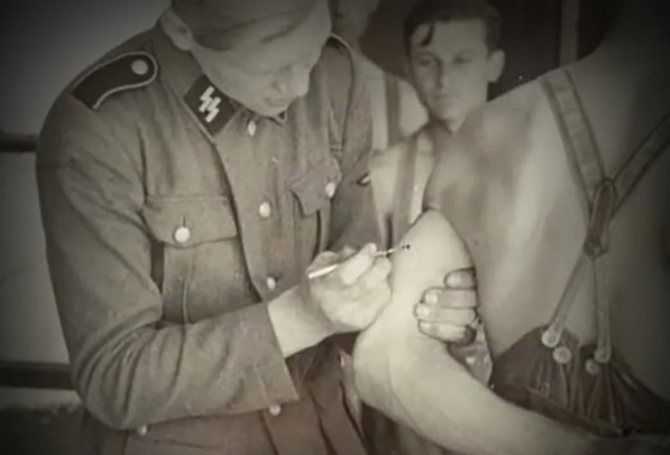

But ironically, it was these tattoos that became the death sentence. When SS soldiers were captured, they were not tolerated. Both the Russians and even the allies shot the SS on the spot. Such was the hatred for this unit.
What can be tattoos of extremist organizations
The following types of such tattoos are distinguished:
- Portraits of famous supporters of Nazism. Especially popular is the portrait of Hitler. Such a tattoo is preferred by ardent fans of Nazism; - symbolism of the Ku Klux Klan. It became widely known due to the hatred of its representatives to people with black skin; - Celtic symbolism. It also includes the Celtic cross; - slogans and inscriptions insulting other races; - swastikas. The owners of such a tattoo make it clear that they support Hitler's activities.
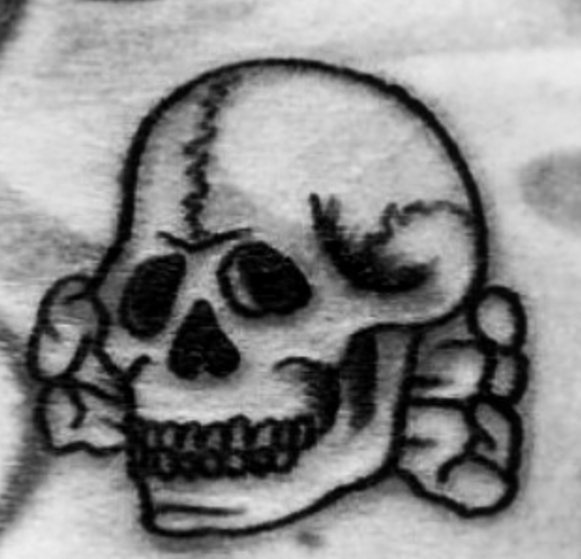

The eagle in the symbolism of Germany
For historical Germany, the king of birds served as a heraldic symbol for quite some time. The eagle of the 3rd Reich is just one of its incarnations. The foundation of the Holy Roman Empire in 962 can be considered the beginning of this history. The double-headed eagle became the coat of arms of this state in the 15th century, and previously belonged to one of its rulers - Emperor Henry IV. Since then, the eagle has invariably been present on the coat of arms of Germany.
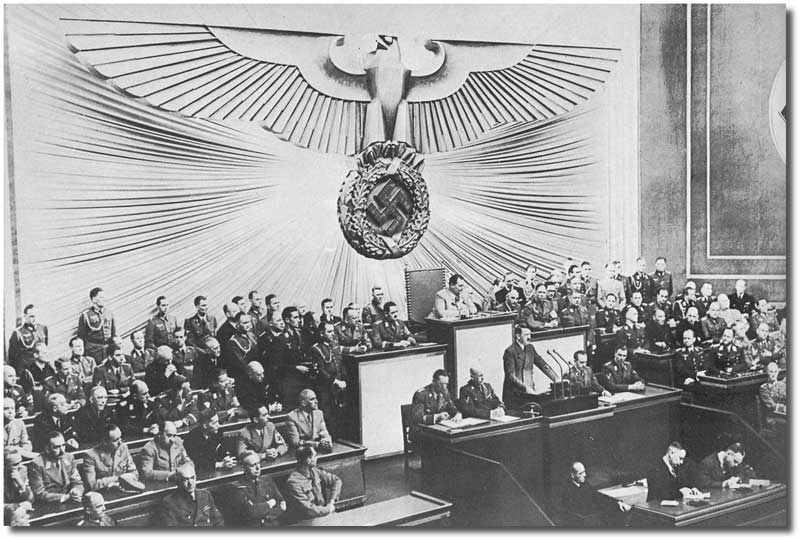

During the monarchy the crown was placed above the eagle as a symbol of imperial power, in the period of the republic it disappeared. The prototype of the modern coat of arms of Germany is a heraldic eagle of the Weimar Republic, adopted as a state symbol in 1926, and then restored in the postwar period - in 1950. When the Nazis came to power, however, a new image of the eagle was created.
Celtic cross
This variation of the Nazi tattoo includes several crossed lines enclosed in a circle. This symbol is otherwise known as the sun cross. It owes its popularity to the Norwegian Nazi Party, which made it its emblem.
And yet the Celtic cross originally had a positive meaning. The Irish believe that it was demonstrated to the world by the missionary St. Patrick, narrating Christianity. It symbolized the indivisibility of the sun and religion, indicating the comparative closeness of Christianity and paganism to each other. Today this symbol is used as the emblem by the Irish soccer club Donegal.
Nazi tattoos, including those in the form of a Celtic cross, are applied to various parts of the body. It could be the neck, forearm, arm, back. The images used by radical organizations are usually catchy and voluminous.
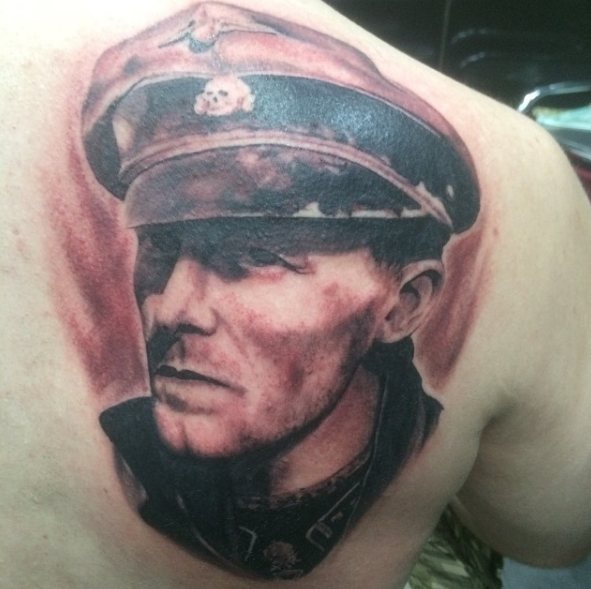



The eagle in heraldry
There is a specific, historical classification for symbols in heraldry. All symbols are divided into heraldic and non-heraldic figures. Whereas the former rather show how different colored areas divide the field of the coat of arms itself and have an abstract meaning (cross, border or belt), the latter depict images of objects or creatures, fictional or quite real. The eagle belongs to the natural non-heraldic figures; it is considered the second most common in this category after the lion.
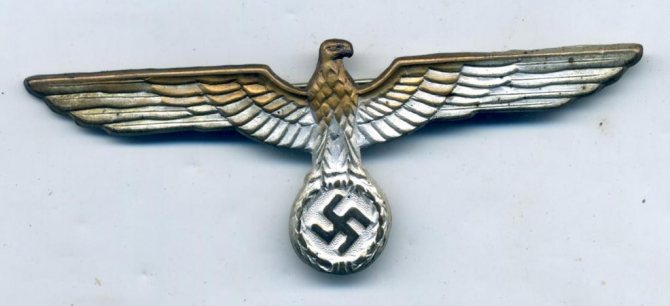

As a symbol of supreme power, the eagle has been known since Antiquity. The ancient Greeks and Romans identified it with the supreme gods Zeus and Jupiter. It is the personification of active solar energy, power and inviolability. It often became the personification of the heavenly god: if the celestial reincarnated in a bird, then only in such a majestic, as an eagle. The eagle also symbolizes the victory of the spirit over earthly nature: ascending to heaven is nothing less than the constant development and ascent over one's own weaknesses.
Swastika
The swastika is a cross with bent edges. It began to be used in ancient times, and at that time it did not have a negative meaning at all. However, thanks to Hitler, it was perceived negatively all over the world. Today it is not customary to display the swastika. Even if its owner does not consider the swastika to be a symbol with a Nazi meaning, a negative opinion will still be formed about him.
Some believe tattoos with Nazi slogans may soon be banned. Persecution of those whose body will contain a portrait of Hitler is not excluded. Tattoo parlors will be fined heavily if they break the law. Repeated violations will result in closure.


The word "swastika" includes two symbols meaning "good to be". Some authors interpret it one way, others interpret it quite differently. Many hold the view that it symbolizes the Sun gliding across the sky. Others associate it with the moving moon, human body parts, as well as a flowing stream. The swastika was also popular in Russia. In ancient times it served as a decoration of kitchen utensils. The swastika was also discovered during excavations in the area of Chechnya.
Some tattoos were a death sentence for German prisoners of war in World War II
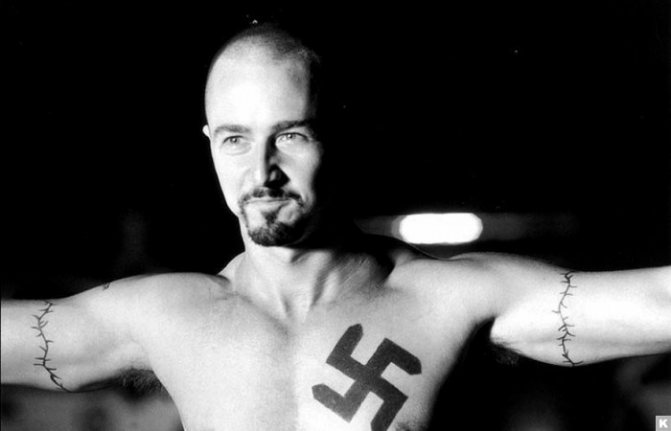

World War II has become the most painful and memorable for humanity because a huge amount of historical data has been preserved about it. Records, photographs, archival videos and testimonies of surviving veterans all create a real picture of the horrors of the war from 1939 to 1941. Most of the most horrific acts were committed by the perpetrator of the outbreak of World War II, Nazi Germany, or the Third Reich.
For example, a recent study by historians showed that even for some tattoos on the bodies of German prisoners, they were immediately shot. Most often because such tattoos signified a captive soldier's involvement in horrific manifestations of Nazism.
Tattoos with Nazi mottos
The first type of tattoo that could lead German soldiers of the Third Reich to death in captivity for war crimes are tattoos with mottos and appeals. Such tattoos were given to Nazi cadres in the early years of World War II, when the spirit of Nazism and faith in Hitler was strong and soldiers were confident that their ideology would win over the entire world. As a result, up until the 1950s, Germans in Soviet captivity were led to be shot if they were found to have words on their bodies about Hitler's greatness, the need to conquer "inferior races," and the physical destruction of Jews and Communists.


Tattoos with SS symbols
A separate type of tattoo, which could immediately lead to the death of its wearer, ranked him before the Soviet prisoners among the most brutal Nazis - the SS service. Military members of this elite unit of the Third Reich had their blood group printed on their skin, in a special place. Of the less practical and more symbolic SS tattoos, popular were images of runic symbols, popular in occult-minded Germany under Hitler. The most famous runic tattoo, which identifies an SS prisoner and leads to his immediate execution, is considered to be a tattoo with two lightning bolts indicating the German runic letters "SS".
Tattoos with Hitler
A final group of tattoos that were tolerated in German POW camps in the early years after the victory was idolatry of Hitler. Any tattoo depicting the world-hating Führer could lead to a prisoner being severely injured at a minimum, and at a maximum to being beaten to death in a camp or shot on the spot. There have been cases where a tattoo of Hitler's portrait was torn with rubble and glass so that the face of the former leader and leader of the German POWs could not be discerned on the skin.
Where was the tattoo done?
The tattoo was placed in a specific place - 20 cm above the elbow on the inner side of the arm. The size of the designation itself is 1 cm. Of course, these are approximate figures - the inscription was not measured with a ruler. Instead of tattooing, simple burning was often used as for branding the cattle.
Why was this necessary? Again for practical purposes - tattoos were cheaper than making medallions, patches or special documents. The place for tattoos is not accidental - this part of the body was the least likely to be damaged when wounded.
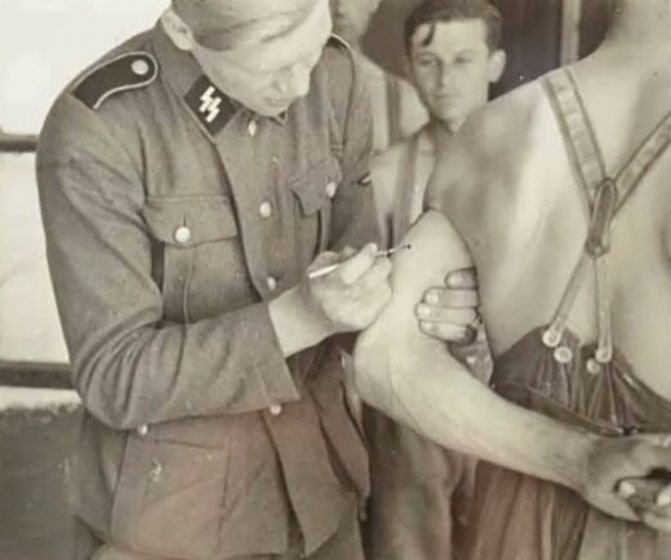

How the Nazi hunters acted
As early as 1946, the first organization emerged whose aim was to search for Nazi criminals who had managed to escape from justice. The "Nazi Crimes Documentation Institute," under the leadership of Tuvja Friedman, searched for documents on members of the Wehrmacht, SS, Gestapo and other military formations involved in the mass murder and torture of people.
At the same time Simon Wiesenthal, one of the most famous Nazi hunters, began his "work" in Austria. According to journalist and historian Tom Segev, Wiesenthal cooperated with the Israeli intelligence service Mossad, receiving from it not only funding for his foundation, but also a monthly salary and payment for each Nazi found and captured (in some cases, destroyed).
In particular, with Wiesenthal's help, the Mossad managed to track down and kidnap Adolf Eichmann, who was head of one of the Gestapo departments and was personally involved in the murder of thousands of Jews. After the war Hitler's namesake managed to escape from the Allies. He fled to Argentina, where he got a new passport, changing his name and appearance. But there was one peculiarity that Eichmann could not get rid of. As Wiesenthal himself recalled in his memoirs, it became one of the indisputable proofs of the former Gestapo's involvement with the SS.


